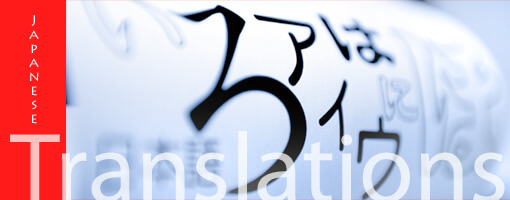Back in the days of the cold war, two diplomats, who’d both been athletes in their youth, decided to have a race. In the U.S. it was reported as follows: yesterday a U.S. diplomat and a Russian diplomat had a race. The U.S. diplomat won. In Russia it was reported as follows: yesterday there was a race between diplomats. The Russian diplomat came second, the U.S. diplomat came last but one. The moral of the story is that context is key. This period is also particularly rich in stories about the difficulties caused by translations (or lack thereof) and mistranslations – some of them may even be true.
It’s probably fair to say that the more different two languages are, the harder it is to translate between them. A Chinese NAATI translator, for example, arguably has a much more challenging job than a German NAATI accredited translator. It’s not just the words themselves that need to be conveyed, but all the assumptions behind them. Not with standing this, a reputable company offering a certified translation service will ensure that language is no barrier to effective communication. It may be fun to laugh at someone else’s translation experiences, but it’s no fun to have to worry about the quality of your own.



















